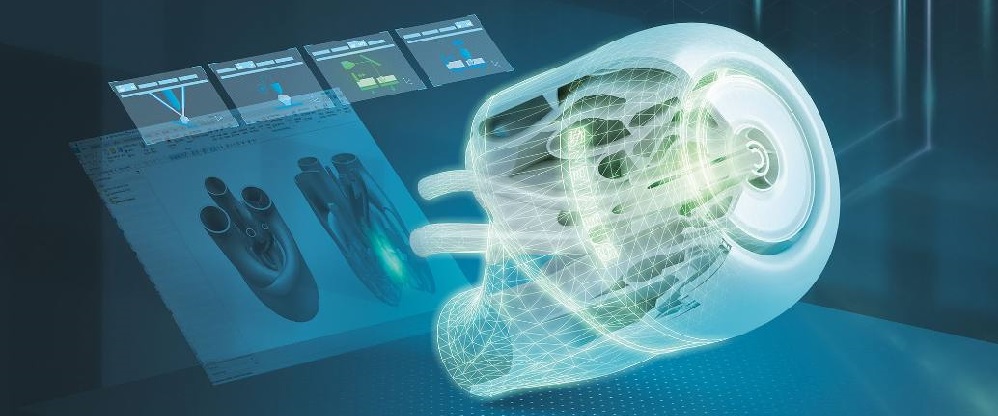The Future Of Additive Manufacturing In Civil Engineering

Welcome to a world where innovation is at the heart of all industrial revolution. The widespread use of 3D printing technology, also known as additive manufacturing, has transformed how we design and produce objects.
Here are some commonly asked questions about this exciting new technology:
What is Additive Manufacturing?
Additive manufacturing (AM) involves the use of digital 3D design data to build up a component in layers by depositing material. Unlike traditional manufacturing methods that involve subtraction, such as milling, drilling, or cutting, AM builds up components automatically, layer by layer, from the bottom up.
What are the benefits of Additive Manufacturing?
The benefits of AM are manifold. One of the most important is that it allows for the creation of parts with complex geometries that would be difficult or impossible to produce using traditional manufacturing methods. Additionally, AM eliminates the need for tooling, which can be a significant expense, especially for small production runs.
Furthermore, the technology can be used to manufacture parts on demand, which reduces the need for inventory and can lead to lower costs. Finally, AM enables companies to bring products to market more quickly and at a lower cost, which can be a major competitive advantage.
What materials can be used in Additive Manufacturing?
AM can be used with a variety of materials, including plastics, metals, ceramics, and composites. Each material has its strengths and weaknesses and the choice will depend on the intended application of the part.
What are the current limitations of Additive Manufacturing?
While there are many benefits to AM, there are also some limitations that must be considered. One of the main ones is that the technology is slower than traditional manufacturing methods, especially for larger parts. Additionally, the quality of the parts produced by AM may be lower than that produced by traditional methods, especially when it comes to surface finish and dimensional accuracy.
Another limitation is that the availability of materials for AM is currently limited compared to those available for traditional manufacturing methods. Finally, AM requires a significant investment in equipment and expertise, and may not be practical for smaller businesses or individuals.
What does the future of Additive Manufacturing look like?
The future of AM looks bright. As the technology continues to advance, it is likely that we will see an increasing number of applications in a wider range of industries. Additionally, new materials and printing techniques are being developed all the time, which will expand the capabilities of the technology even further.
One of the most exciting areas of development is in the field of bioprinting, which involves the printing of living tissue and organs. This technology has the potential to revolutionize medicine and could lead to significant advancements in the treatment of diseases and injuries.
Conclusion
Additive manufacturing is an exciting new technology that has the potential to transform how we design and produce objects. While there are some limitations and challenges, the benefits of AM are manifold and the future looks bright. As this technology continues to advance, we can only imagine the possibilities that lie ahead.


Post a Comment for "The Future Of Additive Manufacturing In Civil Engineering"